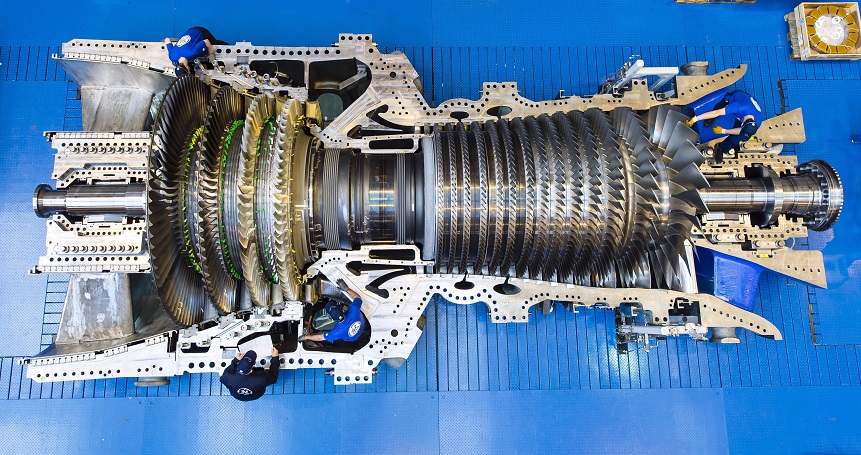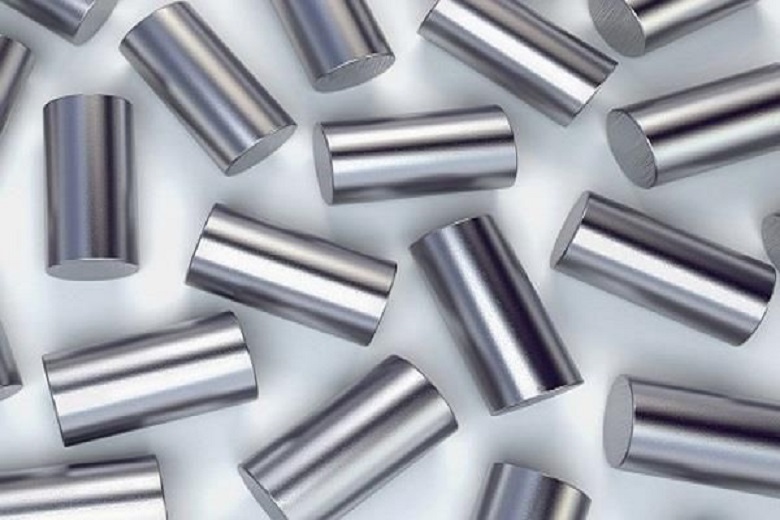
So far, rhenium is the most effective element to improve the properties of molybdenum alloys. The addition of rhenium greatly reduces the plastic-brittle transition temperature of the molybdenum alloy, so that the molybdenum-rhenium alloy has good room temperature performance. At the same time, it can increase the recrystallization temperature of the molybdenum alloy and improve the high-temperature performance of the molybdenum alloy. The improvement of this comprehensive performance greatly expands the applications of molybdenum alloys in aerospace, heating equipment, and electronic technology.

Applications of Molybdenum Rhenium Alloys
The key performance of alloy materials for thermionic energy conversion of space nuclear reactors is high-temperature strength. The French space reactor program shows that molybdenum-rhenium alloy is used as a structural cladding material, and its peak temperature is 1425K.
Mo-47Re alloy has high tensile strength and good ductility, which is very important for the production of micron-sized cross-section foil strips and ultra-fine wire elastic components. Rhenium alloy has a higher resistivity than other transition metals and does not become embrittlement during use, so it is suitable for manufacturing high-temperature heating elements.
Wires and sheets made of Mo50Re can be used to manufacture heaters and reflectors with operating temperatures up to 2127°C. MoRe thermocouples (Mo20Re/Mo50Re and Mo20Re/Mo-40Re) can be used in high temperatures in non-oxidizing atmospheres.
When the temperature is above 2000K, platinum group metals are used for temperature measurement. They can usually be applied and accurately measure temperatures without any gas protection. Molybdenum-rhenium alloy thermocouples (Mo-20Re/Mo-40Re, M20Re/Mo50Re) can also be used for temperature measurement in non-oxidizing environments such as H2 furnaces. Because the carbonization speed of Mo is slower than that of tungsten, molybdenum-rhenium alloy thermocouples are more durable than W-Re thermocouples in carbon-rich environments with temperatures up to 2000K.
Mo-50Re alloy seamless value temperature is 1425K.
Rhenium alloy has good electrical conductivity, wear resistance, and arc ablation resistance. When used as a contact material, the oxide produced by it has good electrical conductivity, small contact resistance changes, and long service life. Molybdenum rhenium alloy is used as a structural material for electron tubes and special bulbs. It not only has high thermal stability and thermionic properties in various gases but also has high electron escape and high resistance. And after heat treatment, it still maintains good plasticity, high recrystallization temperature, good thermoelectric performance, and mechanical shock resistance. Therefore, it has a very broad application prospect in the field of electronics.
Thank you for reading our article and we hope it can help you have a better understanding of the applications of molybdenum rhenium alloys. If you want to know more about molybdenum, rhenium, and molybdenum rhenium alloys, we would like to advise you to visit Advanced Refractory Metals (ARM) for more information.
Headquartered in Lake Forest, California, USA, Advanced Refractory Metals (ARM) is a leading manufacturer & supplier of refractory metals & alloys across the world. It provides customers with high-quality refractory metals & alloys such as molybdenum, tantalum, rhenium, tungsten, titanium, and zirconium at a very competitive price.
Copyright © 1994-2024 Advanced Refractory Metals owned by Oceania International LLC, All Rights Reserved.